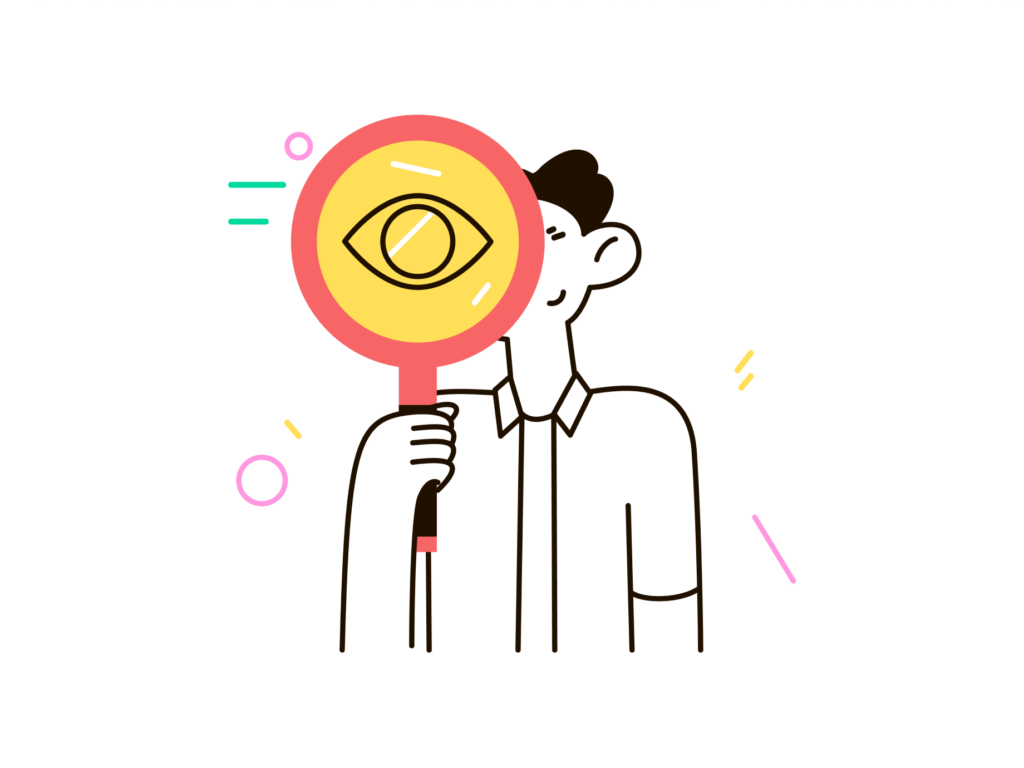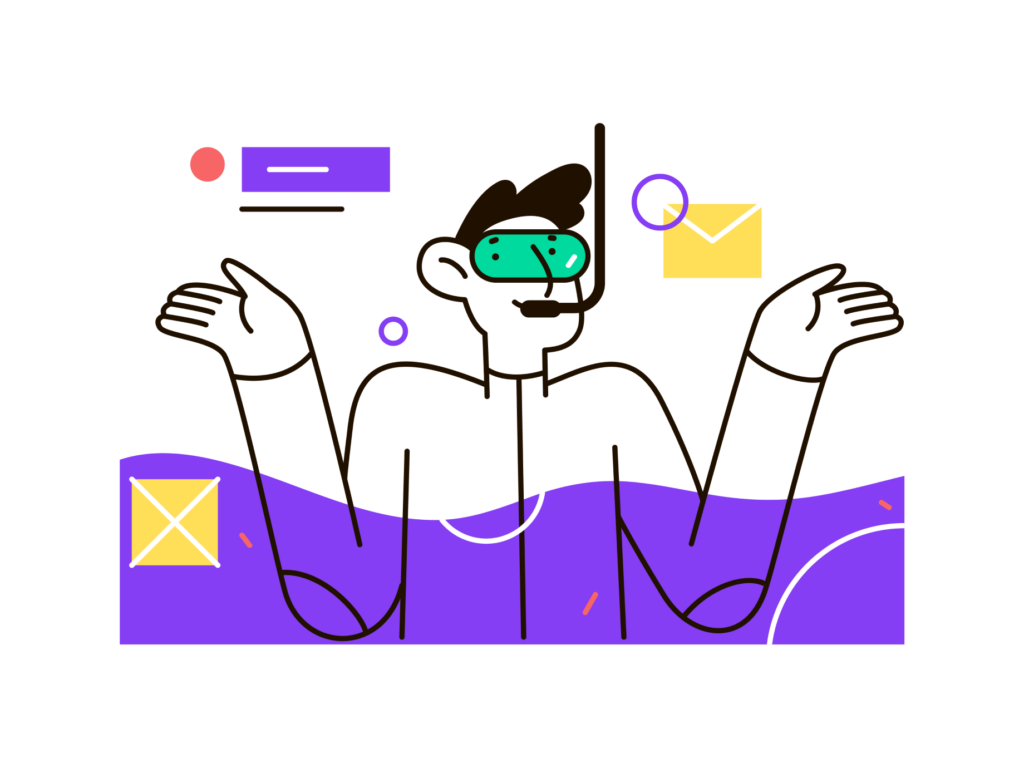Good design is easy to spot but often hard to pin down. What exactly makes a product effective to its users? Is it a matter of simplicity, structure, or functionality? The answer depends on the product in question.
In fact, what constitutes a good experience is often subjective, and will likely vary between different people or contexts.
You may want to read: An Introduction to Design Thinking: Unleashing Creativity and Problem-Solving

“Is it a good design? Well, Yeah.”
What is User Experience?
User experience is how a person, the user, feels about interacting with, or experiencing, a product, system, or service. It includes a person’s perceptions of utility, ease of use, and efficiency.

What Does A User Experience Designer do?
A User Experience Designer is responsible for all components of product development, including design, usability, function, branding, and marketing. Their job covers the whole end-to-end journey of a user’s contact with a product, as well as the identification of new product and business prospects.

Every digital product that you’ve ever used started as a design challenge at one point. Before there was a Facebook, Mark Zuckerberg had to sit down and think about what was the best way to display the comings-and-goings of his Harvard classmates. So, how does a design problem become an actual user-centered product?
UX designers typically use an existing framework/method to approach their work, from the first concept through the final launch of a product. Some examples of these frameworks are: user-centered design process, UX design’s five elements, the design thinking process, et al. “Design Sprints” are another very common method. Design Sprints are used to tackle a specific design problem by creating, prototyping, and testing ideas with users.
Evaluating good UX
For a user to have a good experience, the product needs to be some combination of the following characteristics: Usable, Equitable, Enjoyable, and Useful.
If you want to evaluate a good UX design, it could be helpful to consider those same characteristics:
1. Usable

If a product isusable, it means the design, structure, and purpose of the product is clear and easy to use.
You may ask questions like these while evaluating a product for usability: Is everything in the design easy to find? Is the design’s functioning simple to understand? Is it possible for users to do certain activities inside the design? These questions might help you assess whether the design provides a usable experience when you analyze it.
2. Equitable

If a product is equitable, it means a design is helpful to people with diverse abilities and backgrounds.
In other words, the product’s design adapts to a broad audience and guarantees that all consumers, regardless of background, gender, color, or ability, have a high-quality experience. Giving individuals the tools they need to achieve their objectives and improve their quality of life is what equity means. Because people frequently require different tools and assistance depending on their requirements, equity extends beyond the notion of equality, in which everyone is provided equal resources. This is particularly crucial to remember for people who belong to often marginalized groups. You might pose questions like: Are the requirements of a diverse set of consumers considered when evaluating the equity of a product’s UX? Is the design of the product inclusive to traditionally underrepresented and excluded groups? These questions might help you figure out if the design provides a fair experience.
3. Enjoyable

If a product is enjoyable, it means the design delights the user.
The design reflects the user’s thoughts or feelings and establishes a positive connection with them. It is not necessary for a product’s design to be enjoyable for it to perform effectively. However, an enjoyable design complements a useful product and can improve the user’s perception of the experience. You can ask questions like: Are there parts of the design that regard the user’s sentiments when you evaluate how enjoyable a product’s UX is? Is the user’s joy sparked by the design? Is the user engaged throughout the experience because of the design? These inquiries might assist you in determining whether the design provides an enjoyable experience.
4. Useful

A product is useful when it solves user problems.
The design solves a problem that the designer has identified in the user. It’s worth noting that, while similar, the terms useful and usable have different meanings. Even if a product is useful, it isn’t necessarily usable. The same may be said for the inverse. The difference between the two is that usability relates to the product’s ability to operate well and be simple to use, whereas usefulness refers to the product’s capacity to address user issues directly. You may pose questions like: Does the design bring value to the user’s experience? while evaluating how helpful a product’s UX is. Is there an issue that the design solves for the user? Is the design assisting the user in achieving a certain objective? These questions might help you figure out if the design provides a good user experience.
Conclusion

As I mentioned earlier in the article, for every product you’ve ever used, SOMEONE had to have sat down and designed that product. Good products don’t just fall from the sky, they are designed by someone who probably used the same frameworks and processes discussed in this article.
Is it a good design? Well, it depends who you ask. What’s good? And good for who?
Quyen Dao












